
Jules-Jean-Paul Fort was a French poet associated with the Symbolist movement. At the age of 18, reacting against the Naturalistic theatre, Fort founded the Théâtre d'Art (1890–93). He also founded and edited the literary reviews Livre d'Art with Alfred Jarry and Vers et Prose (1905–14) with poet Guillaume Apollinaire, which published the work of Paul Valéry and other important Symbolist writers. Fort is notable for his enormous volume of poetry, having published more than thirty volumes of ballads and, according to Amy Lowell, for creating the polyphonic prose form in his 'Ballades francaises'.

Symbolism was a late 19th-century art movement of French and Belgian origin in poetry and other arts seeking to represent absolute truths symbolically through language and metaphorical images, mainly as a reaction against naturalism and realism.

Maurice Polydore Marie Bernard Maeterlinck, also known as Count/ComteMaeterlinck from 1932, was a Belgian playwright, poet, and essayist who was Flemish but wrote in French. He was awarded the Nobel Prize in Literature in 1911 "in appreciation of his many-sided literary activities, and especially of his dramatic works, which are distinguished by a wealth of imagination and by a poetic fancy, which reveals, sometimes in the guise of a fairy tale, a deep inspiration, while in a mysterious way they appeal to the readers' own feelings and stimulate their imaginations". The main themes in his work are death and the meaning of life. He was a leading member of La Jeune Belgique group, and his plays form an important part of the Symbolist movement. In later life, Maeterlinck faced credible accusations of plagiarism.
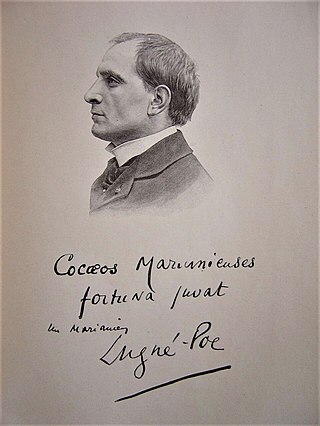
Aurélien-Marie Lugné, known by his stage and pen name Lugné-Poe, was a French actor, theatre director, and scenic designer. He founded the landmark Paris theatre company, the Théâtre de l'Œuvre, which produced experimental work by French Symbolist writers and painters at the end of the nineteenth century. Like his contemporary, theatre pioneer André Antoine, he gave the French premieres of works by the leading Scandinavian playwrights Henrik Ibsen, August Strindberg, and Bjørnstjerne Bjørnson.

Pelléas and Mélisande is a Symbolist play by the Belgian playwright and author Maurice Maeterlinck. The play is about the forbidden, doomed love of the title characters and was first performed in 1893.
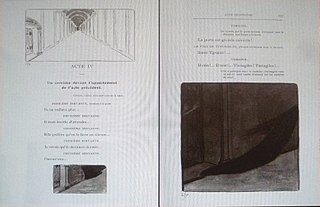
The Death of Tintagiles is an 1894 play by Belgian playwright Maurice Maeterlinck. It was Maeterlinck's last play for marionettes.
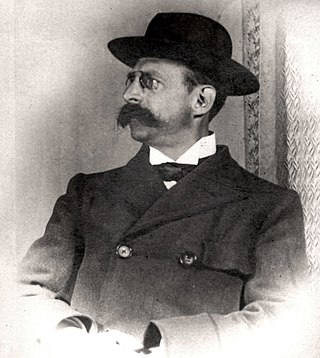
Charles van Lerberghe was a Belgian author who wrote in French and was particularly identified with the symbolist movement. The growing atheism and anticlerical stance evident in his later work made it popular among those who challenged establishment norms at the start of the 20th century.
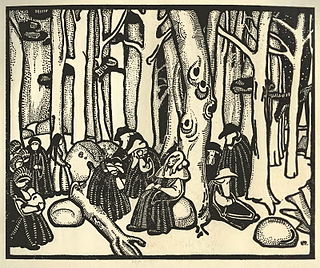
The Blind, also known as The Sightless, is a play that was written in 1890 by the Belgian playwright Maurice Maeterlinck.

Georgette Leblanc was a French operatic soprano, actress, author, and the sister of novelist Maurice Leblanc. She became particularly associated with the works of Jules Massenet and was an admired interpreter of the title role in Bizet's Carmen.
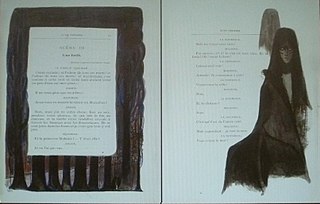
Princess Maleine is a play by Belgian playwright Maurice Maeterlinck. It was the author's first play. It is an adaptation of the Brothers Grimm's Maid Maleen.

Interior is an 1895 play in rhymed dialogue by Belgian playwright Maurice Maeterlinck. It was one of his few plays intended for marionettes.

The Théâtre du Vaudeville was a theatre company in Paris. It opened on 12 January 1792 on rue de Chartres. Its directors, Piis and Barré, mainly put on "petites pièces mêlées de couplets sur des airs connus", including vaudevilles.
The Independent Theatre Society was a by-subscription-only organisation in London from 1891 to 1897, founded by Dutch drama critic Jacob Grein to give "special performances of plays which have a literary and artistic rather than a commercial value." The society was inspired by its continental forerunners, the Théâtre-Libre and Die Freie Bühne. The Society produced modern realist plays, mostly by continental European playwrights, on the London stage.
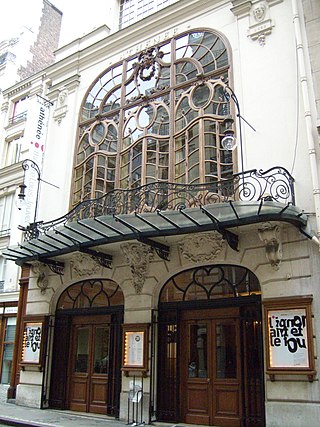
The Théâtre de l'Athénée is a theatre at 7 rue Boudreau, in the 9th arrondissement of Paris. Renovated in 1996 and classified a historical monument, the Athénée inherits an artistic tradition marked by the figure of Louis Jouvet who directed the theatre from 1934 to 1951. During the period when he was director, it became known as the Athenée Théâtre Louis-Jouvet.

The Théâtre de Paris is a theatre located at 15, rue Blanche in the 9th arrondissement of Paris. It includes a second smaller venue, the Petit Théâtre de Paris.

The Théâtre de l'Œuvre is a Paris theatre on the Right Bank, located at 3, Cité Monthiers, entrance 55, rue de Clichy, in the 9° arrondissement. It is commonly conflated and confused with the late-nineteenth-century theater company named Théâtre de l'Œuvre, founded by actor-director-producer Aurélien Lugné-Poe, who would not take control of this performance space until 1919. His company is best known for its earlier phase of existence, before it acquired this theatre venue. From 1893 to 1899, in various Parisian theatres, Lugné-Poe premiered modernist plays by foreign dramatists, as well as new work by French Symbolists, most notoriously Alfred Jarry’s nihilistic farce Ubu Roi, which opened in 1896 at Nouveau-Théâtre.

The Théâtre La Bodinière was a theater in Paris directed by Charles Bodinier between 1890 and 1902. It staged lectures and performances for a distinguished audience of aristocrats, grand bourgeois and intelligentsia.

The Théâtre Fémina or Salle Fémina was an entertainment venue located at 90 avenue des Champs-Élysées in the 8th arrondissement of Paris. It was inside the Hôtel Fémina, designed by the architect Henri Petit.

Berthe Bady (1872–1921) was a French actress of Belgian origin. She was the companion of Lugné-Poe and Henry Bataille. The fortunes she had won as an actress were devoted to her household with Bataille. Berthe died in isolation at Jouy-sur-Eure.
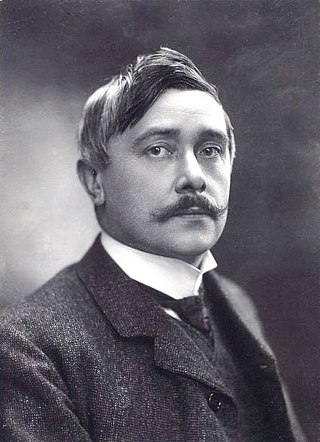
The 1911 Nobel Prize in Literature was awarded to the Belgian author Maurice Maeterlinck (1862–1949) "in appreciation of his many-sided literary activities, and especially of his dramatic works, which are distinguished by a wealth of imagination and by a poetic fancy, which reveals, sometimes in the guise of a fairy tale, a deep inspiration, while in a mysterious way they appeal to the readers' own feelings and stimulate their imaginations." He is the first and remains only the Belgian recipient of the prize.



















